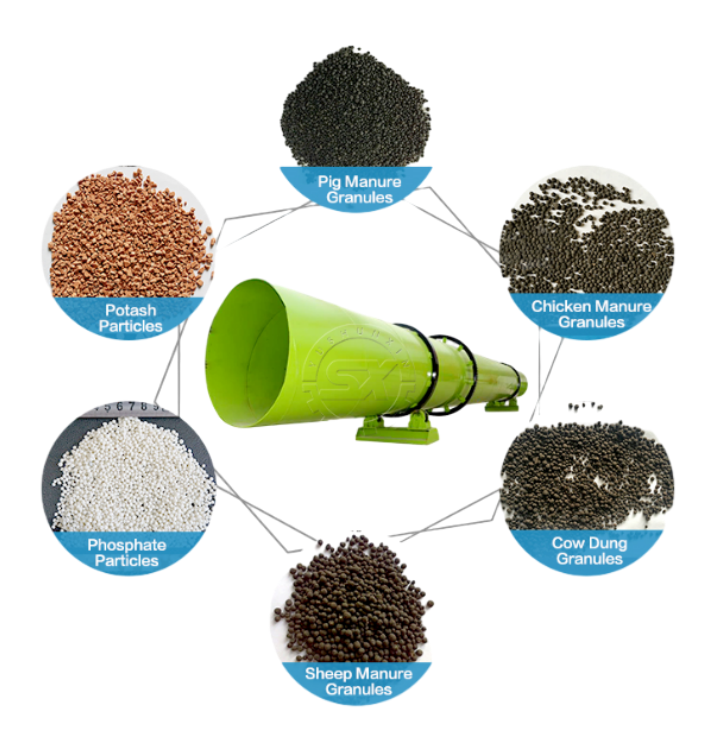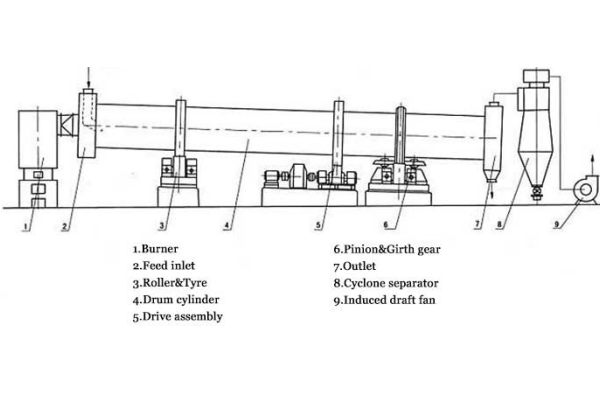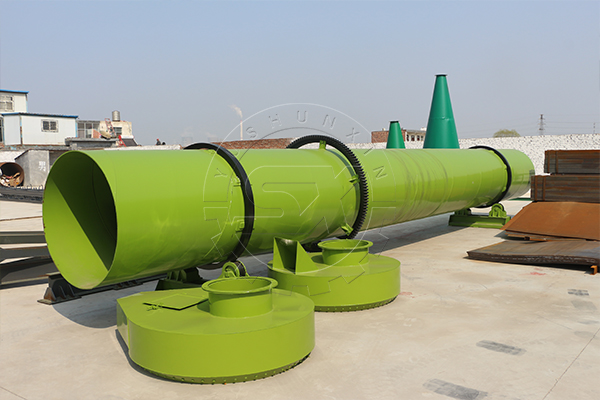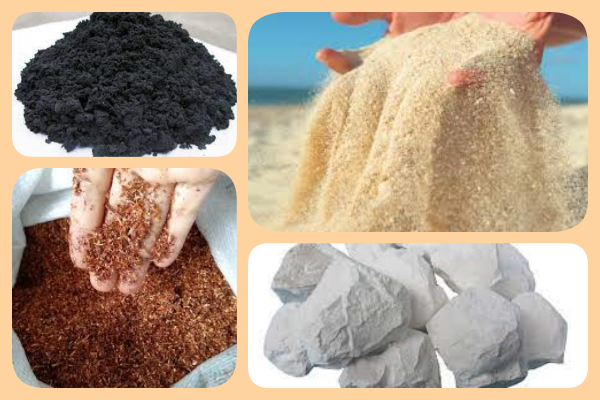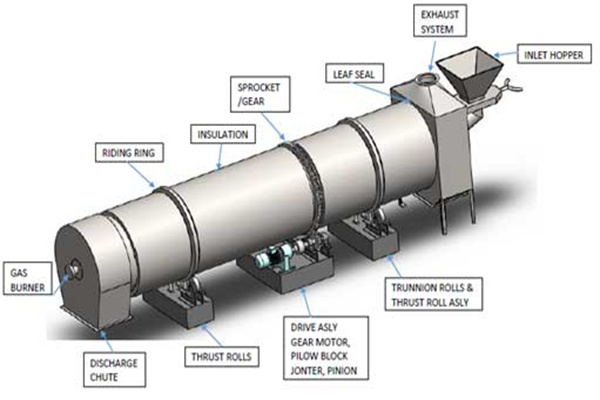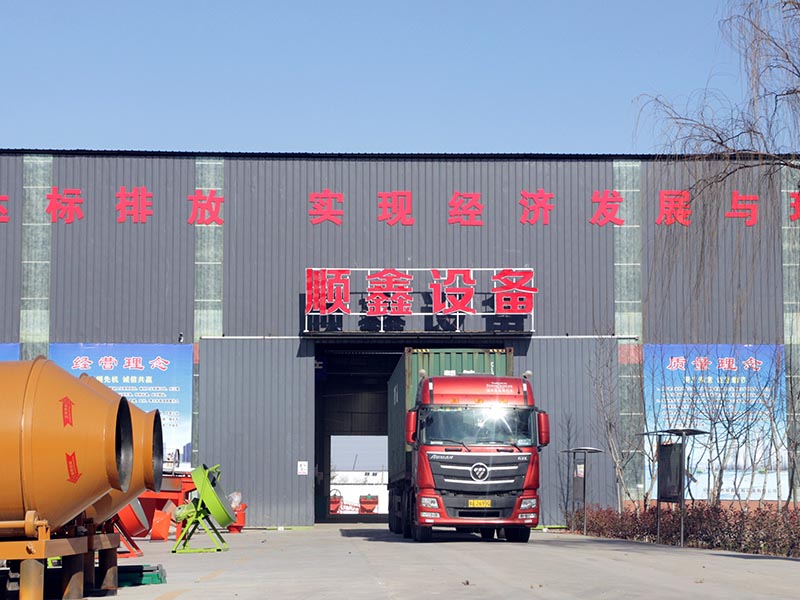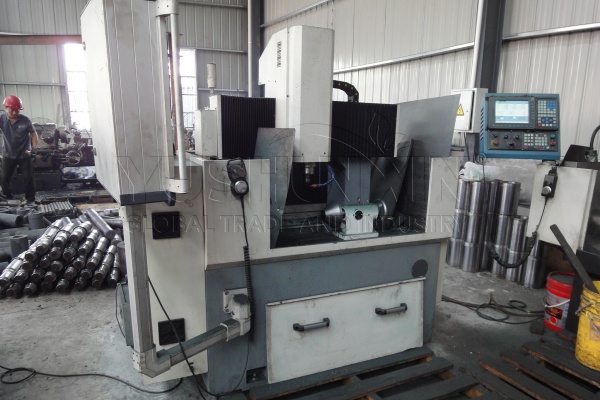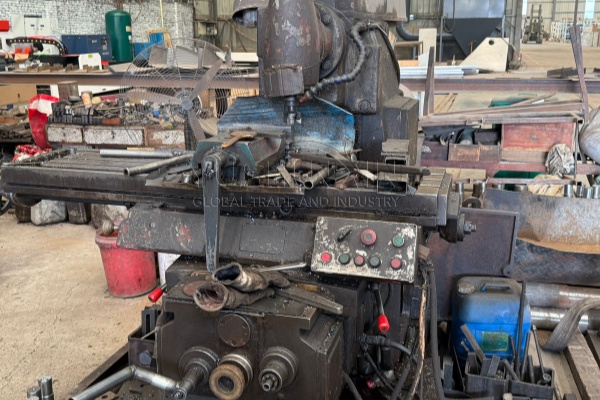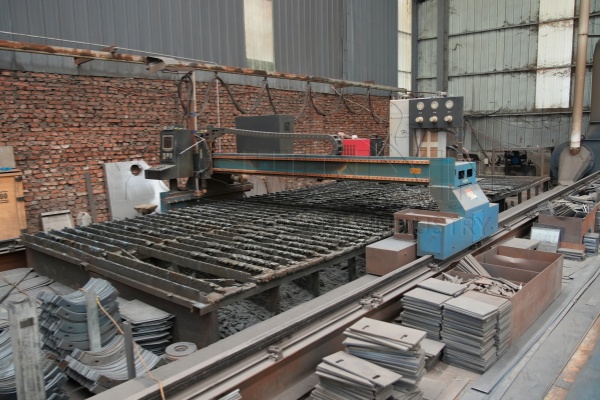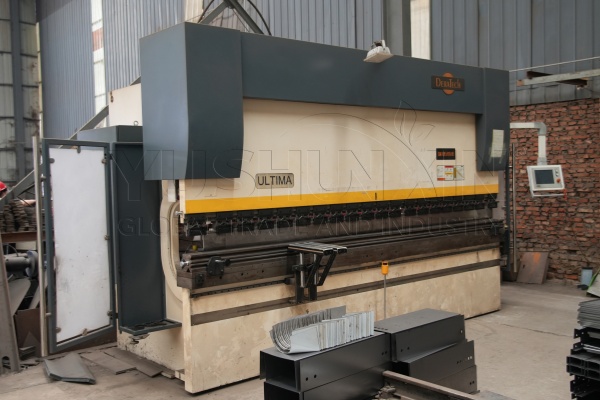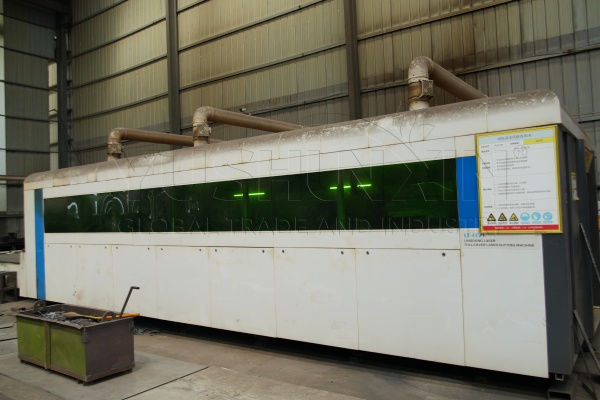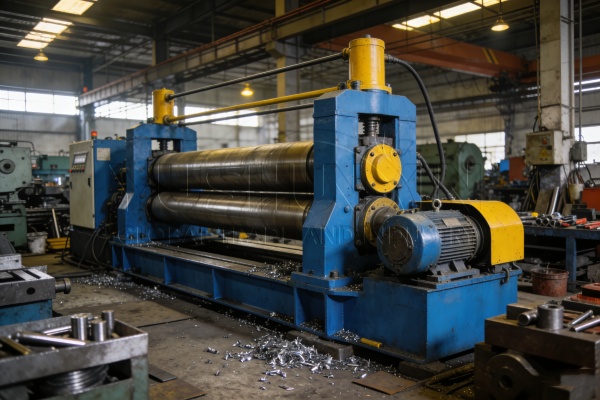After the field visit, some customers who seek to buy fertilizer dryers from our plant will often question our technical staff:
“
Why are some hot air furnaces to support some drying equipment installed in the dryer’s feeding port, while others are in the discharge port? Why is the layout of the entire fertilizer drying system different?”
For this problem, Shunxin tells you the truth — for different material characteristics, you need to use different drying processes. Actually, the fertilizer drying process are precisely inseparable from the location of the hot air furnace.
What Can You Know about Fertilizer Drying Technique?
In the fertilizer production process, the drying equipment is of frequent application, of which the most common is the rotary drum dryer. In addition, it uses the principle of airflow drying, which means this machine applies heat and mass transfer between hot airflow and wet materials to achieve the goal of drying. Besides, this drying method is suitable for wet dispersed state granular materials.
There are several types of rotary drum dryers based on the way methods of heat transmission. Take a look inside and see what’s the hot-sale machine! First and foremost, we mainly advise fertilizer plants to purchase our drum dryers which adopt direct contact heat exchange. It is worth mentioning that we have cocurrent and counter current drum dryers for disposing different raw materials. But, no matter which one you choose, you will get the optimum drying effect and processing capacity.
Top 2 Fertilizer Drying Techniques of Rotary Drum DryerHow to Choose The Appropriate Fertilizer Drying Technique?
How to distinguish the two techniques when you start to produce fertilizer? It’s very simple to find out according to the orientation of material and hot air flow.
Cocurrent dryers are those where the hot air flow enters the cylinders from the feeding port, whereas counter current dryers are those where the hot air flow enters the cylinders from the discharging port. Besides, the two type rotary drum dryers regard the flue gases as the drying medium.
Usually, the fertilizer equipment manufacturer like us will refer to our customer requirements and the nature of the material to determine the fertilizer drying technique. In general, we often take into account the material’s own properties, particle size, final moisture content requirements and discharge temperature and other parameters.
1. Drying Viscous Materials by The Cocurrent Drying Technique
Which Materials Are Suitable for The Cocurrent Drum Dryer?
Concurrent flow dryers can dispose materials with high initial water content and low hygroscopicity. Furthermore, these materials have strong heat sensitivity and no strict requirement of water content after drying (i.e. degree of drying).
For instance, the concurrent flow drying process needs to ensure the appearance and finished product requirement of materials with heat sensitivity. In addition, it can dry fertilizer granules from livestock manure, sawdust, straw, rice husk, cassava starch residues, mushroom residues, Chinese herbal medicine, riverway sludge, etc.
How Does A Cocurrent Drum Dryer Work?
Undoubtedly, the installation of hot air furnace and the feeding port of a cocurrent drum dryer are on the same end. That’s to say, hot air and materials flow in the same direction of movement. When wet materials moves from the feeding port to the discharge port, hot air flows in the same path by the role of the induced draft fan. Hence, wet materials are heated by hot air and dried during this flow process.
There is a certain difference in the processing speed of organic solid materials according to the material viscosity and humidity. Hence, the production capacity varies according to the actual situation in different places or weather.
Why So Many Fertilizer Plants Choose Our Cocurrent Fertilizer Drying Technique?
But be careful here: during this fertilizer drying technique for treating fine powder materials, they are easy to be taken away by the airflow, resulting in a larger amount of dust. According to our experiments, the dust rate is generally in the range of 2–3%, even up to 10% in the deep drying fertilizer process. Therewith, we recommend you to buy our dust collectors with many kinds of options for environment protection.
2. Drying Power Materials by The Counter Current Drying Technique
Which Materials Are Suitable for The Counter Current Drum Dryer?
The counter current drum dryer is suitable for some materials with low initial moisture, which cannot be strongly dehydrated, or for drying materials insensitive to high temperature. The countercurrent dryer has a uniform drying effect, and is suitable for the drying materials with the strict requirement of less moisture. Considering choosing countercurrent drying process to dry the following materials: sand, limestone, graphite, copper scraps, ferrous sulfate, etc..
How Does A Counter Current Drum Dryer Work?
The counter current type rotary drum dryer, its hot blast furnace is installed in the discharging port. When wet materials enters the dryer from the feeding port, they and the drying medium (hot air) do reverse movement.
Then, the materials in the process of this movement is heated and dried.
What Do You Should Know about The Features of The Counter Current Drying Process in Comparison to The Concurrent Drying?
The cooling technique uses the tail of induces draft fan with high power for reducing products’ temperature and condense quickly the moisture on the surface of the particles to enhance their strength.
Where Can Buy Appropriate Drum Dryers from Equipment Manufacturers?
Shunxin, a professional dryer manufacturer with 20 years of production experience, has a complete range of dryers and rich models. In addition, our company can configure the appropriate dryer model according to the customer’s production requirements for the user to configure a good dryer model. We ensure that our customers can create great value, and achieve satisfactory drying effect.
According to the material’s own characteristics, water content, proportion, particle size, etc., the fertilizer output has fluctuated. Contact our professional engineers for details!


